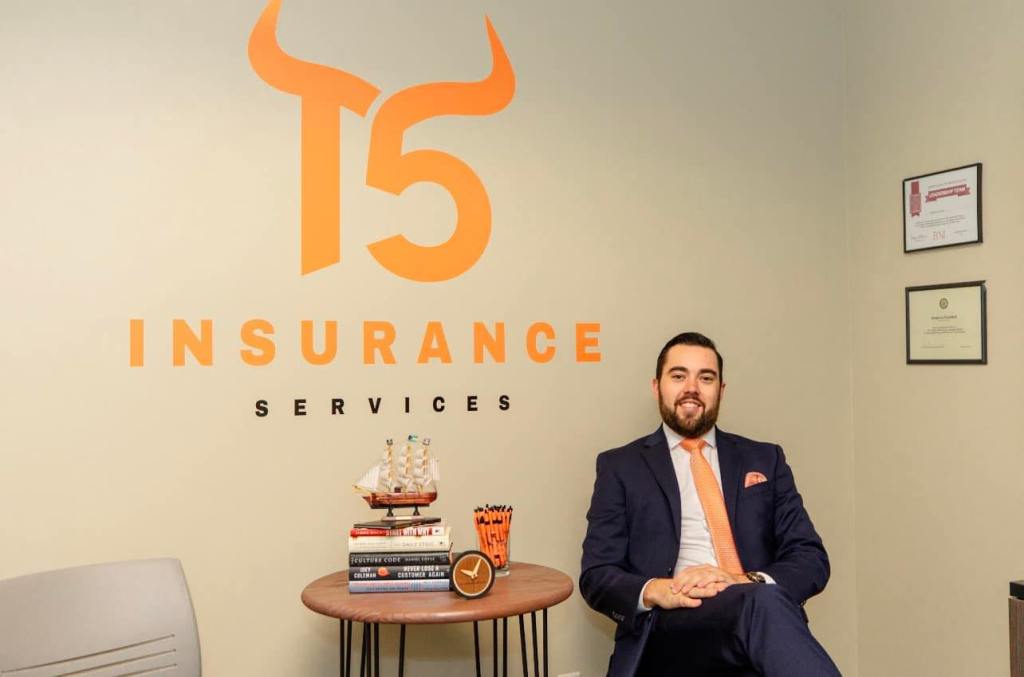Completed Operations, Business Autos and Coverage A
By: Bill Wilson
| When Are “Completed Operations” Complete? The ISO CGL policy usually covers both ongoing and completed operations. But at what point is an operation considered “complete”? This question holds particular significance when the business is involved in some sort of periodic service contract.
For example, a contractor performs daily checks on pumps in an oil field, opening and closing lines into empty or full tanks. The CGL insurer declines a claim, arguing that since a pump checker’s operation is ongoing on a daily basis and never completed, it does not meet the “completed operations” definition of the CGL form.
If this is true, does an office cleaning service not have completed operations until their month-to-month contract is fulfilled? What about an annual contract for monthly sprinkler system maintenance service—would no completed operations coverage kick in until the end of the year? What about a quarterly pest control service? Weekly lawn care?
No. The “products-completed operations hazard” definition states that “your work” will be deemed completed at the earliest of a selection of times, one of which includes “when that part of the work done at a job site has been put to its intended use.” The coverage kicks in when “that part” of the work is put to its intended use; it does not require that the complete job be accomplished or the contract fulfilled.
For a more complete discussion of these issues, visit the Virtual University.
Business Auto Towing Coverage Without Endorsement? An auto collision occurred in a remote location. The adjuster declined the towing bill of $457 since no towing and labor coverage had been purchased. But the policy required the owner to protect the property from further damage, implying coverage for such expenses. Does the insured need towing and labor coverage, or does the towing bill belong to the physical damage claim?
The unanimous response at the Big “I” Virtual University (VU) was that the towing bill belongs to the physical damage claim. As one faculty member put it, “This is a AAA-type emergency service for, as the endorsement says, a disabled vehicle. The coverage doesn’t have to be triggered by an otherwise covered loss. When a vehicle has been damaged in a collision or an OTC loss necessitates towing before repairs can be made, the cost of towing is included as part of the repair cost.”
For a more complete discussion of these issues, visit the Virtual University.
Coverage A for Condo Policies The following question was submitted through our “Ask an Expert” service: “Can you provide a good ‘rule of thumb’ for determining the unit owner’s coverage limit on an HO6? Most clients have no idea how to determine the limit they need. I recall attending a CIC seminar several years ago where they provided a rule of thumb—I believe it was take 60 or 70% of the purchase price and use that as the limit. Can you help?”
When we receive a coverage question that includes reference to a “rule of thumb,” panic attacks usually hit the VU volunteer faculty. Aside from that, this question has two facets.
First, it’s a question we get pretty often. For example, here’s a question we received just days before this one: “Our agency has difficulty determining the amount for Coverage A on an HO-6 policy, since bylaws of every condo association are different. Any suggestions on how to be certain we insure them for the correct amount?”
Second, it’s a question that has an answer—but not the simple solution agents want.
The answer lies in who precisely owns what within the association, and who is responsible for insuring what. That will often be determined by a combination of state statutes, association bylaws and CC&Rs, as well as the policy forms themselves. Unfortunately, there is just no way around studying all these documents in order to ascertain the responsibilities of all parties.
For a more complete discussion of these issues, including a link to an excellent article from our Florida association on condo Coverage A, For a more complete discussion of these issues, visit the Virtual University.
Bill Wilson is director of the Big “I” Virtual University, an online learning center for agents and brokers. Follow the Virtual University on Twitter. |










